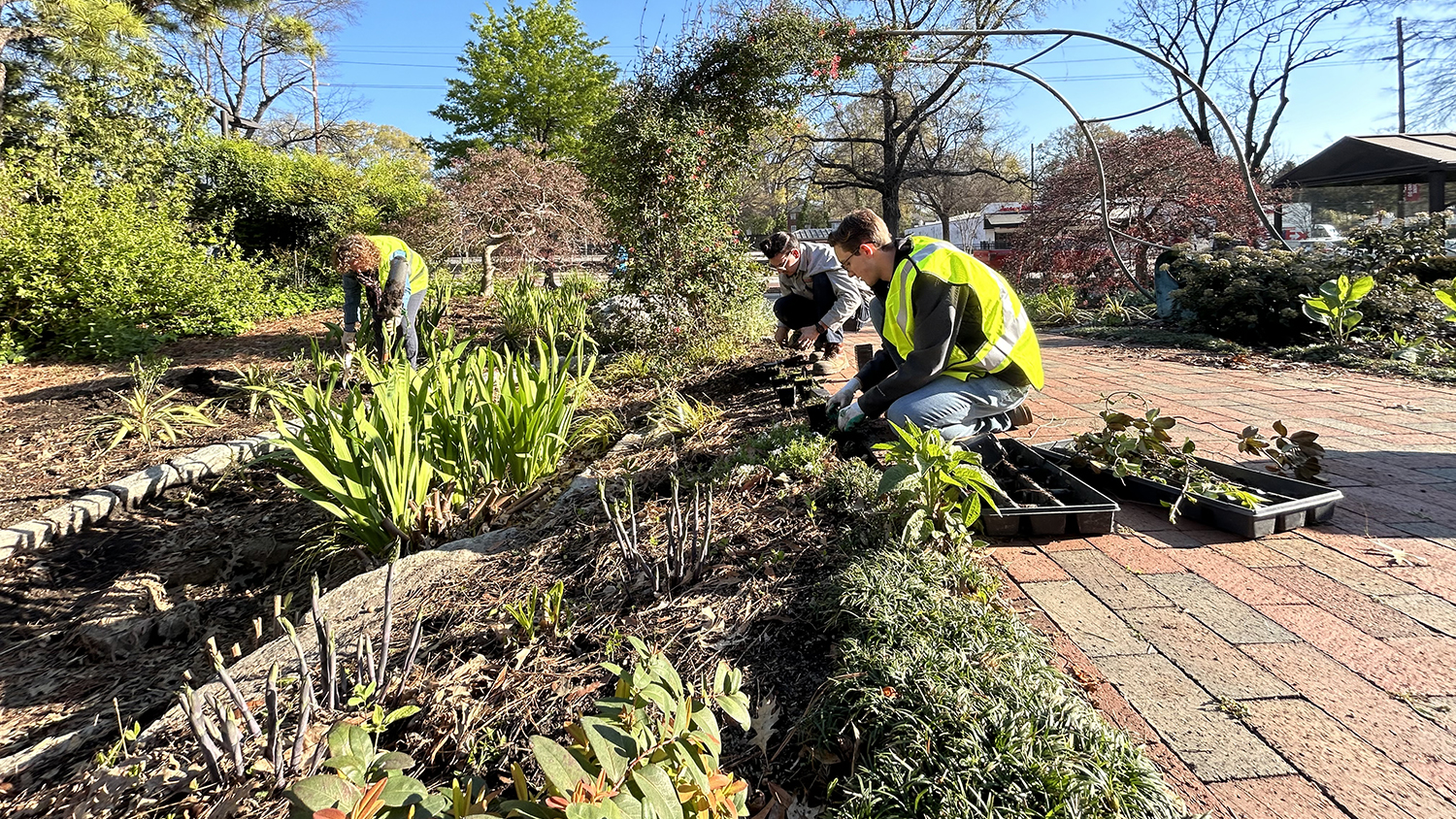NC State entomologists study insecticide-resistant, bait-averse German cockroaches
Media Contacts: Dr. Jules Silverman, Charles G. Wright Distinguished Professor, North Carolina State University, 919-513-2468 or jules_silverman@ncsu.edu
Dr. Coby Schal, Blanton J. Whitmire Distinguished Professor of Entomology, NC State University, 919-515-1821 or coby_schal@ncsu.edu
Now that research has determined why some German cockroaches are averse to glucose, scientists want to know if some of those roaches are also resistant to the insecticide used in roach baits, and if they are, how they can be controlled.
After discovering the basis behind an adaptation that renders some German cockroaches averse to glucose, NC State researchers Dr. Jules Silverman and Dr. Coby Schal want to find out if glucose-averse roaches could also be resistant to the bait toxin. Glucose, or sugar, is used in roach baits, which contain insecticide, to attract roaches.
However, some roaches have evolved to become glucose-averse. These roaches aren’t attracted by glucose, so they tend not to consume insecticide baits.
Silverman and Schal already have some evidence that some cockroaches not only avoid bait, but if they do consume it, they survive effects of the toxin. With a $30,000 IPM Enhancement grant from the Southern IPM Center at North Carolina State University, they intend to find out if the two traits are linked, and if they are, what can be done to control this new breed of cockroaches.
Cockroach baits have been in use since 1982, when they replaced baseboard sprays typically used by pest management professionals to kill cockroaches. In 1988, a pest management professional in Gainesville, FL, began reporting an increase in the number of cockroaches in a building after baits had been used continuously. Reports of bait failures began in other states as well.
In a study published May 24, 2013 in the journal Science, Silverman and Schal revealed that some cockroaches have inherited a neural adaptation that causes them to avoid glucose. The study was described in a May 23 story released by NC State University. Now the scientists are studying whether these and other German cockroaches might also be resistant to the bait’s active ingredient.
The researchers already have evidence of multiple mechanisms affecting cockroach bait performance. “Preliminary data indicate that some cockroach populations contain individuals that are resistant to the toxicant and that eat less bait than other cockroaches,” says Silverman, the Charles G. Wright Distinguished Professor of Entomology at NC State. “But we haven’t surveyed field populations extensively to know how widespread this phenomenon is.”
To test for resistance and aversion, Silverman will use samples of live cockroaches from populations collected in San Juan and Carolina, Puerto Rico that had received bait treatments, yet were steadily increasing in number. Silverman’s lab team compared these cockroaches with a standard lab population that is both susceptible to the toxicant and attracted to glucose.
“These field populations show a lot of variation in the amount of bait individuals eat and in the time it takes them to die,” says Silverman. “Some eat lots of bait but are not dying, meaning that they are likely resistant to the toxicant and some don’t ingest a lethal dose. So we’ll conduct assays on individual insects to determine whether they are resistant and/or averse.”
In addition to the collections from Puerto Rico, Silverman and Schal plan to solicit pest control operators for new samples of roaches that have been difficult to control with baits. They plan to contact national pest control companies to find out how widespread the problem is.
Controlling cockroaches is a priority in residential and office buildings because cockroaches are a human health threat. In addition to being carriers of pathogenic microorganisms, cockroaches produce allergens that contribute to asthma.
If Silverman and Schal find cockroaches that are both bait-averse and insecticide-resistant, they will explore avenues to control these pests.
“We’ll substitute other food materials for glucose and investigate newer insecticides to overcome resistance,” says Silverman. “Perhaps by combining different food ingredients and insecticides we can overcome this emerging threat to public health.”
Written by: Rosemary Hallberg, communication specialist, Southern IPM Center, 919-513-8182 or rhallberg@sripmc.org


